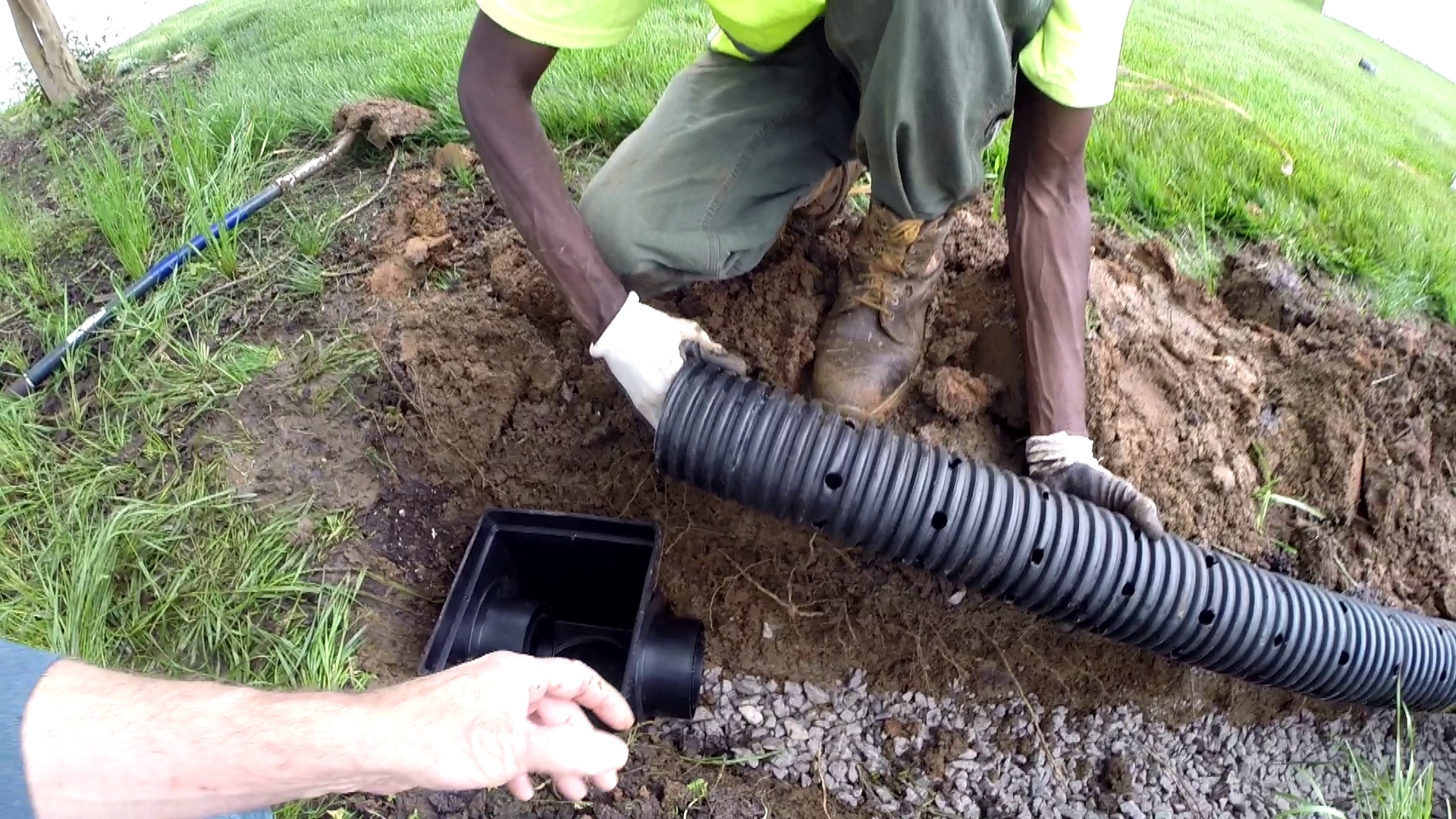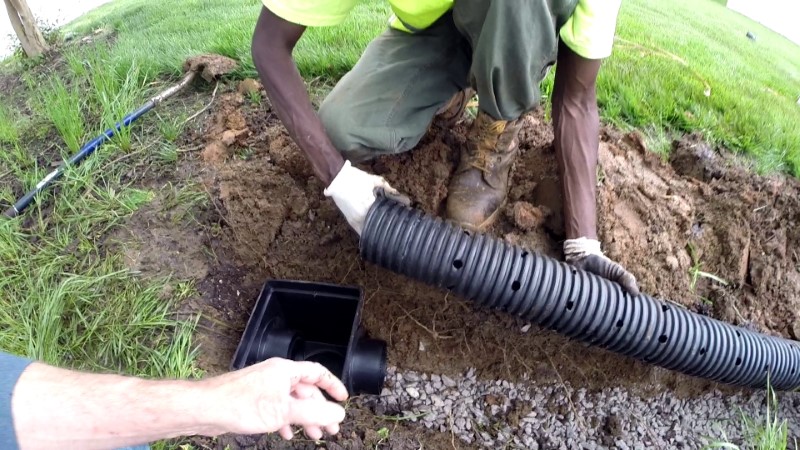
It’s very easy to build a French drain. It also works efficiently once its design matches the water load that your household produces. At one glance it is a long trench that have dry-packed walls with crushed gravel in between geo-textiles. You should consult your drain expert and septic expert to take good care of the building and installation of your French drain so that it would really benefit your cesspit.
The French drain is integral in the life of a cesspit. Once the pre-treated effluent reaches the French drain. The aerobic bacteria and the biomat polish it to reach the state of being potable water once more. The potable water then goes downwards to be assimilated into the water table. Your French drain’s performance depends on the soil’s porosity, its construction, and its length. The French drain needs to be built with a contour and not straight. Its length depends on the number of people in your household, just like the septic tank’s capacity.
The septic system needs the French drain to complete the wastewater treatment. It further breaks down the impurities and solid waste particles that are still suspended in the effluent. The French drain does this until the effluent is suitable enough to join the water table. From the water table, the potable water will be gathered by the artesian wells or boreholes. The water will then be pipes towards the surface so that other consumers can re-use it. Soak ways or French drains are made up of crushed stone, old tires from vehicles, or the ends of clay bricks. These are all insoluble media that help French drain do their work for a longer period. The tough substance of which French drains are made of, serve as residence to slime or bacterial biofilm. The organic impurities in the effluent are broken down by the slime. After that, the cleaned up effluent is absorbed in the surrounding area. The French drain is host to myriads of microorganisms that treat the effluent to a level close to potability or drinkability. The bacteria in the French drain and the surrounding soil absorption area purify the effluent gradually until it reaches the water table. The position and the design of the French drain need the right slope, the right soil porosity, and enough distance from the water table. Here are the following considerations in building your soak away or French drain:
- French drains will not work in soils where the water table is very high (wetlands), in soils where there is a bedrock blocking the water seepage, and in soils that are mostly clay.
- Its length and construction is patterned after the number of people in your household.
- It depends on the nature of the effluent.
- It depends on the ground’s slope.
- French drains also depend on the slope.
- Take note of its distance from the watercourse and its distance from the boundary of your property.
- You have to consider the size of the septic tank if you are going to install the French drain with it.
Now that you know how French drains can help your cesspits, you will be able to appreciate it more than just its ability to help waterproof your foundations.
